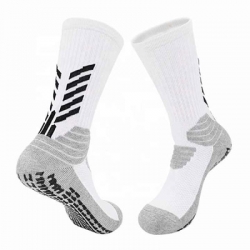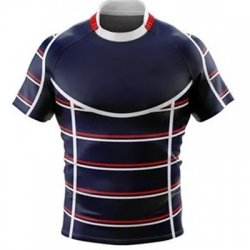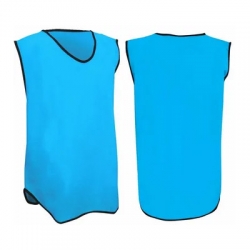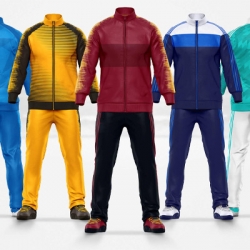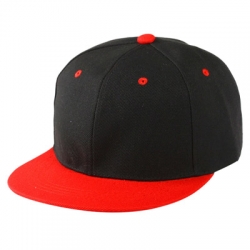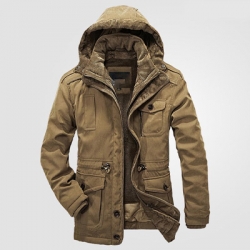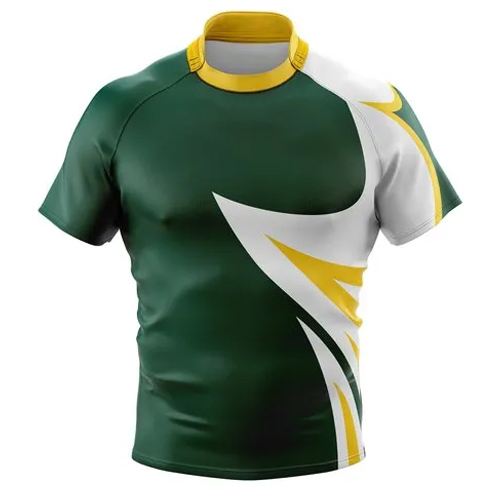Rugby is one of the most intense contact sports, requiring players to be tough, agile, and resilient. The fast pace of the game, combined with heavy physical encounters, makes it essential for players to wear jerseys that can withstand extreme conditions. If you are looking for Rugby Jersey Manufacturers in Australia, DRH Sports, even though they are based in USA, must offer durability to endure the constant pulling, tackling, and scrums while also providing comfort to ensure players can perform at their best. The evolution of rugby uniforms has seen significant advancements in material selection, stitching techniques, and design. Traditional jerseys made from heavy cotton have been replaced with high-performance synthetic fabrics that offer increased durability and flexibility. Just as cricket ball manufacturers ensure the quality and longevity of their products to withstand repeated impact, rugby uniforms manufacturers focus on creating gear that lasts without restricting movement.
The Importance of Durability in Rugby Uniforms
Rugby is a game where jerseys endure a tremendous amount of stress. Players frequently experience high-impact tackles and intense scrums, making it essential for their jerseys to be made from strong, tear-resistant materials. A jersey that rips easily can be a disadvantage to a player, affecting their performance and putting them at risk during gameplay. Durability in rugby rugby uniforms is achieved through reinforced stitching, heavy-duty fabrics, and innovative textile blends. Many manufacturers use polyester and elastane to ensure that jerseys maintain their shape while resisting tears and abrasions. Advanced knitting techniques prevent fabric stretching, allowing jerseys to remain intact even after multiple matches.
The Role of Comfort in Rugby Performance
While durability is essential, comfort is equally important in rugby uniforms. Players need to move freely without feeling restricted by their gear. A poorly designed jersey that is too tight or made from non-breathable fabric can hinder performance and cause discomfort. Sporting Goods Manufacturers in USA now use lightweight, stretchable fabrics to enhance player mobility. These materials allow for a snug fit without feeling restrictive, ensuring that players can sprint, pass, and tackle without any hindrance. Mesh panels and ventilation zones are also integrated into jerseys to improve airflow and prevent overheating during intense matches. Rugby uniforms also need to be form-fitting, preventing opponents from easily grabbing loose fabric during tackles. Unlike other sports jerseys, which may be designed for aesthetics or casual wear, rugby uniforms must be functional, ensuring that they do not become an obstacle in fast-paced gameplay.
How Sporting Goods Manufacturers Improve Rugby Uniforms
The continuous innovation in sportswear is largely driven by sporting goods manufacturers, who invest in research and development to create high-quality rugby uniforms. These manufacturers experiment with new materials and designs to enhance both durability and comfort, ensuring that players have the best possible experience on the field. One major breakthrough in rugby uniform design has been the use of reinforced seams. Traditional jerseys were prone to tearing along the shoulders and sides, but modern jerseys feature triple-stitched seams that add extra strength to high-stress areas. Additionally, anti-slip technology has been introduced in some jerseys to help players maintain better control of the ball while running.
Comparing Rugby Uniforms with Other Sportswear
Rugby uniforms are unique compared to other sports jerseys due to their need for extreme durability. Unlike football or basketball jerseys, which are often lightweight and made for minimal contact, rugby uniforms must withstand repeated pulling and tackling. In comparison to cricket gear, the demands on rugby uniforms are different but equally rigorous. Just as Cricket Balls Manufacturers in USA ensure their products can endure high-speed impacts while maintaining shape, rugby uniform producers design jerseys that can endure constant rough play without tearing. The craftsmanship involved in producing high-quality sporting goods reflects the importance of balancing strength with usability. Another parallel can be drawn with cricket helmets, which must be strong enough to withstand powerful deliveries while being comfortable enough for extended wear.
The Future of Rugby Uniforms
As technology advances, rugby uniforms continue to improve in both durability and comfort. Manufacturers are exploring new fabric compositions, such as graphene-infused textiles, which offer superior strength without adding weight. Smart textiles are also being developed, capable of monitoring player performance by tracking movement and muscle exertion. Sustainability is another area of focus in rugby uniforms manufacturing. Many sporting goods manufacturers are shifting toward eco-friendly materials, using recycled polyester and biodegradable fabrics. This move not only reduces environmental impact but also maintains the high standards required for professional rugby apparel.
A rugby uniform must provide exceptional durability without compromising comfort, as the physical nature of the sport demands both strength and flexibility. The evolution of rugby uniforms has been driven by advancements in material technology, stitching techniques, and design innovations. Just as Cricket Helmet Manufacturers in UK ensure the longevity of their products, rugby uniforms producers prioritize durability to withstand the toughest conditions. The comparison with cricket helmets highlights the importance of balancing protection with comfort, a concept that applies to all high-performance sportswear. The contributions of sporting goods manufacturers continue to push the boundaries of what rugby uniforms can achieve, ensuring that players receive the best possible gear for their needs.



